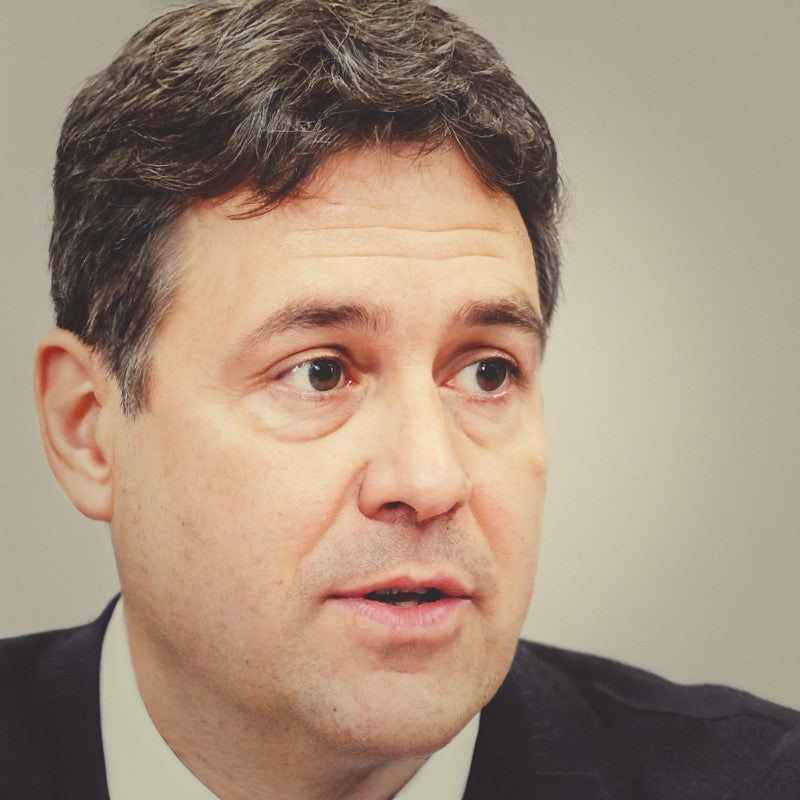When it comes to the Civil Service exams, the 250-word statements are often what candidates find the hardest to tackle.
These statements can be quite daunting, especially when you're trying to encapsulate your experiences and capabilities within such a limited word count.
However, with a solid understanding of the required behaviours and a well-structured approach, what might initially seem like a weakness can actually become a strength in your application.
Related Article: 5 Managing a Quality Service Behaviour Statements
What the Behaviour Means at Higher Executive Officer (HEO) Level
Managing a Quality Service is a crucial behaviour for anyone aiming to excel in the Civil Service, particularly at the Higher Executive Officer (HEO) level. At this stage, you're expected to ensure that your team delivers high-quality services that meet the needs of both internal and external customers. This involves not just maintaining standards but continuously seeking improvements to enhance service delivery.
At the HEO level, you're not just implementing policies; you're also shaping them to better suit the service's needs. You must demonstrate a proactive approach, identifying potential issues before they become problems and finding innovative solutions to overcome challenges. This is a step up from previous levels where the focus might have been more on following established procedures rather than improving or adapting them.
Statement Structure
One of the most effective ways to structure your 250-word statement is by using the B-STAR technique: Belief, Situation, Task, Action, Result. This method helps ensure that your statement is comprehensive and focused, covering all aspects of the behaviour in question.
-
Belief: Start by outlining your core belief or philosophy related to managing a quality service. This sets the context for your example and demonstrates your understanding of the behaviour.
-
Situation: Describe a specific situation where you had to manage a quality service. Be clear and concise, providing enough detail to set the scene without using up too many of your precious words.
-
Task: Explain the task at hand. What was your specific role or responsibility in this situation? This helps to highlight your level of involvement and accountability.
-
Action: Detail the actions you took to manage the service. Focus on what you did to ensure quality, how you addressed any challenges, and the strategies you employed to improve service delivery.
-
Result: Finally, describe the outcome of your actions. What improvements were made? How did your actions benefit the service and its users? Quantifiable results are particularly impactful here.
With this structure in mind, you can craft a compelling statement that effectively showcases your capabilities in managing a quality service at the HEO level.

Check out 50 example statements covering all 9 behaviours
Now, let's take a look at an example statement to illustrate this approach...
250 Word Statement Example
I believe that managing a quality service is essential for delivering value and exceeding customer expectations. This belief shapes my approach to ensuring excellence in every aspect of service delivery.
As an Event Coordinator, I was responsible for improving the client booking and event management process. The existing system was cumbersome, leading to client dissatisfaction and inefficiencies.
To address this, I began by analyzing client feedback and conducting internal reviews with the event management team. With these insights, I collaborated with IT and operations to develop a more efficient booking system. We set clear objectives and timelines, ensuring that the new system would streamline the booking process and enhance communication with clients. The new system included an online booking portal, automated confirmation emails, and a centralized dashboard for tracking event details.
To implement the new system, I trained the event management team on its use, emphasizing the importance of consistent and clear communication with clients. I also established a regular feedback loop with clients, encouraging them to share their experiences and suggestions for further improvement.
To ensure high-quality outcomes, I monitored the system's performance against predefined metrics, such as booking time and client satisfaction rates. When issues arose, I worked with the team to quickly resolve them and make necessary adjustments.
The new system resulted in a 50% reduction in booking time and a 30% increase in client satisfaction. This experience reinforced my belief in the importance of managing a quality service to deliver exceptional results and maintain client trust.


